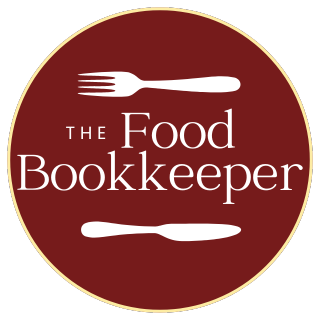Understanding and managing your restaurant’s finances is crucial for long-term success. While variable costs like food and labor often take center stage, fixed costs are the steady undercurrent that can significantly impact your bottom line. In this blog, we’ll explore why tracking fixed costs is essential, provide strategies for effective management, and offer tips to optimize your restaurant’s financial health.
What are Fixed Costs?
Fixed costs are expenses that remain relatively constant regardless of your sales volume. Unlike variable costs, which fluctuate with sales, fixed costs are consistent from month to month. Common examples of fixed costs in restaurants include:
- Rent or mortgage payments
- Salaries and wages for management
- Insurance premiums
- Equipment leases
- Property taxes
- Licenses and permits
- Utilities (often a mix of fixed and variable components)
Why is Tracking Fixed Costs Important?
- Profitability Analysis: Understanding your fixed costs is essential for calculating your breakeven point, which is the sales volume needed to cover all your expenses.
- Budgeting and Forecasting: By accurately tracking fixed costs, you can create more reliable budgets and financial forecasts.
- Cost Control: Identifying areas where fixed costs can be reduced can help improve your profit margins.
- Decision Making: Information about fixed costs is crucial for making informed decisions, such as expanding your menu, opening a new location, or investing in new equipment.
Strategies for Tracking Fixed Costs
- Categorize Expenses: Create a detailed list of all your fixed costs and categorize them for easier analysis.
- Use Accounting Software: Consider using accounting software to automate the tracking and categorization of expenses.
- Regular Reviews: Conduct regular reviews of your fixed costs to identify any inconsistencies or potential areas for savings.
- Negotiate Contracts: Explore opportunities to negotiate better terms on leases, insurance policies, and other fixed costs.
Tips for Managing Fixed Costs
- Optimize Space: Make the most of your restaurant space to reduce rent or mortgage costs.
- Cross-Training Employees: Cross-train staff to handle multiple tasks, reducing the need for specialized positions.
- Shop for Insurance: Compare insurance quotes regularly to find the best rates.
- Energy Efficiency: Implement energy-saving measures to reduce utility costs.
- Technology: Explore technology solutions that can automate tasks and potentially reduce labor costs.
By diligently tracking and managing your fixed costs, you can gain a clearer picture of your restaurant’s financial health and make informed decisions to drive profitability. Remember, every dollar saved on fixed costs is an additional dollar towards your bottom line.
